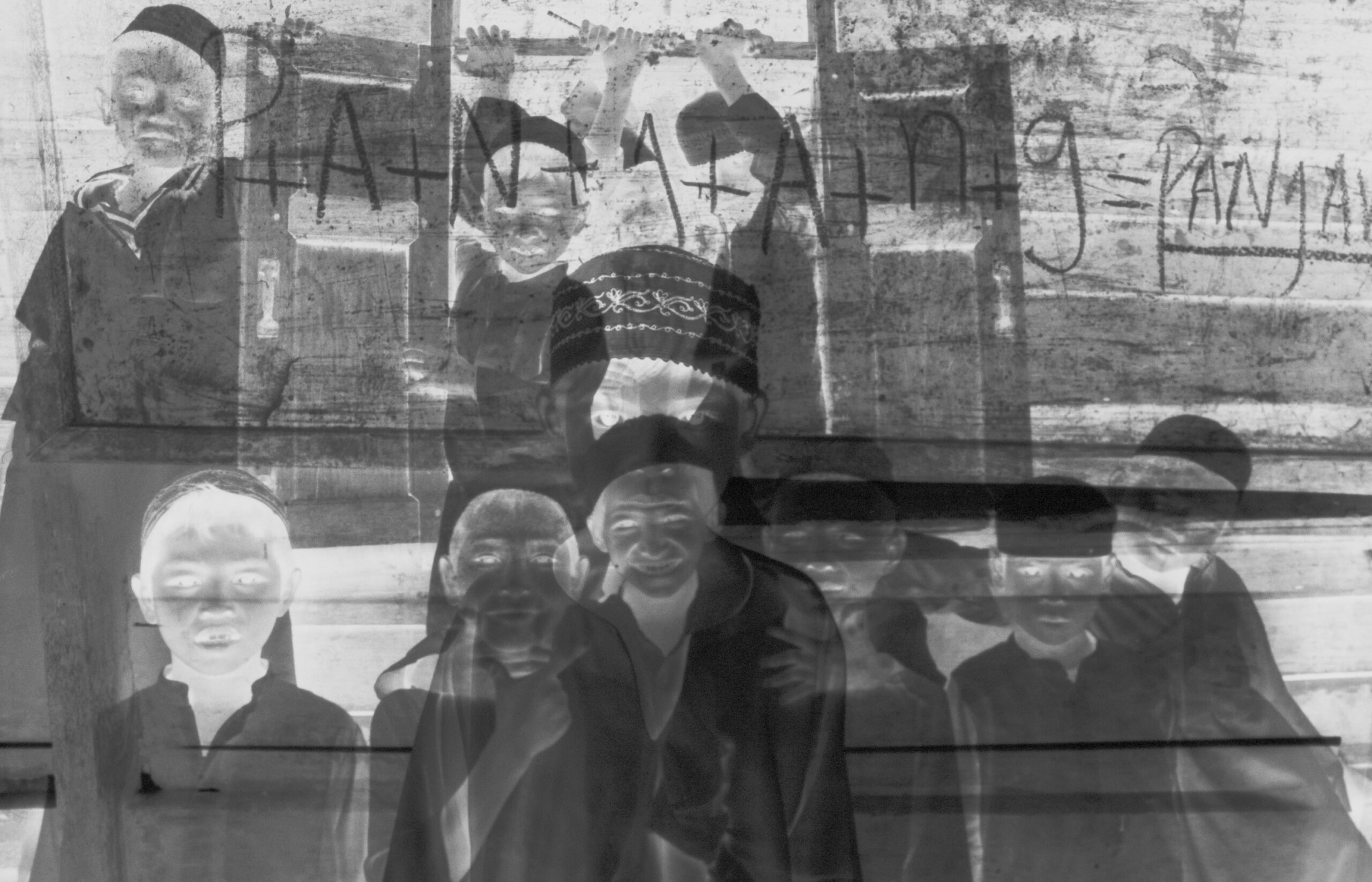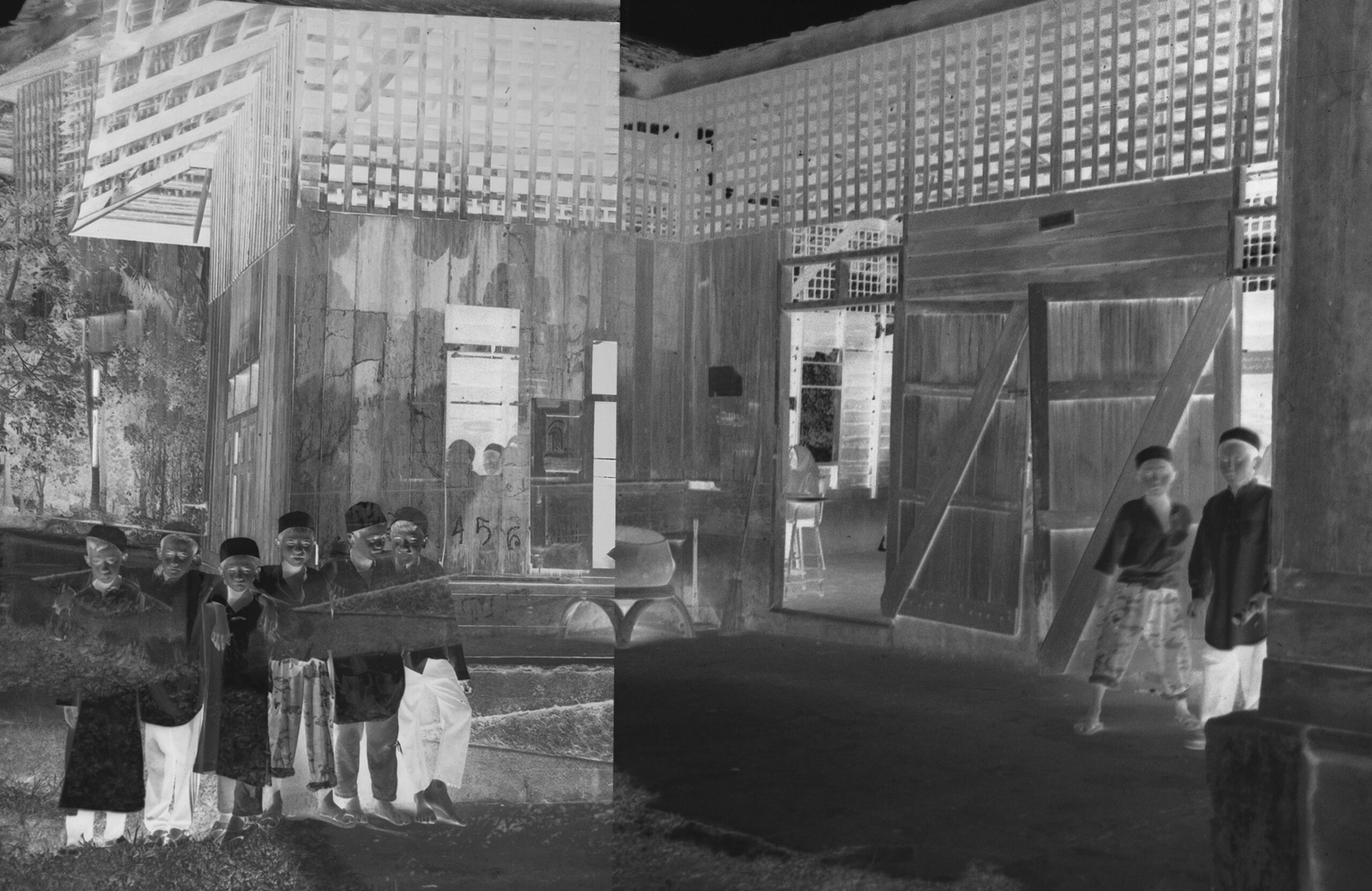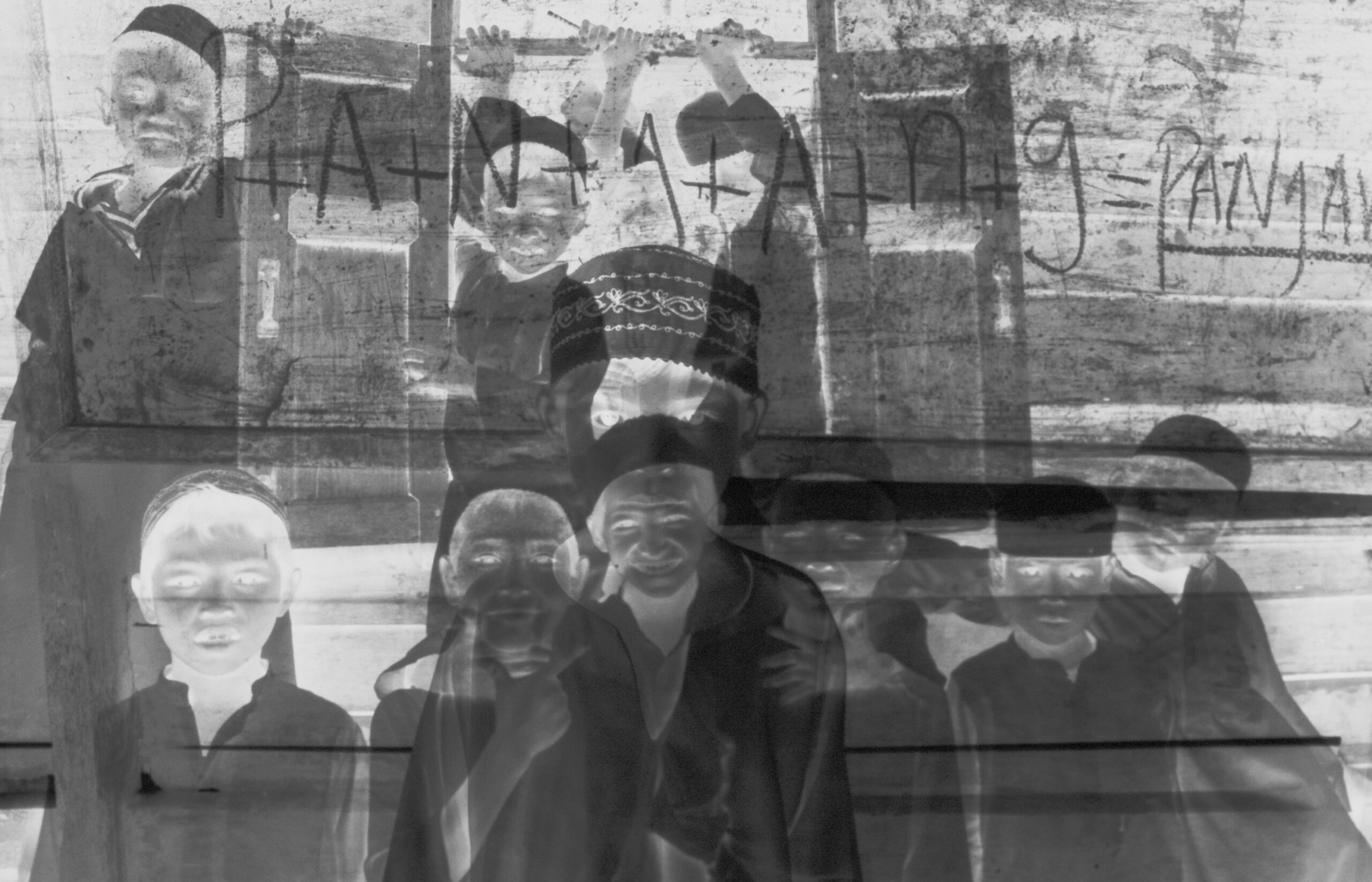
Ampannee Satoh



Abstract :
Islam was introduced to the former Patani Kingdom through Arab and Indian traders, leading to the rise of pondok (Islamic religious schools) as centers for Islamic education. Influenced by scholars from Mecca, Patani became a major hub for Islamic learning in Southeast Asia. Traditionally, pondok used Jawi and Malay for instruction, but in 1961, Thai nationalist policies sought to abolish them, forcing integration into the Thai education system. Despite this, in 1963, my grandfather founded Pondok Bango Tunga in Pattani to preserve Islamic knowledge in Malay and Arabic. This institution became a vital space for religious education. My artistic work explores the atmosphere and memories of my grandfather’s pondok, highlighting its historical and cultural significance in the Malay-Patani community.
Objectives :
1. To present a historical narrative and the researcher’s personal memories through the religious school established by their grandfather, where an individual story reflects the broader history of Islamic religious schools (pondok) in the three southern border provinces of Thailand.
2. To develop a contemporary approach to creative works through visual arts as a medium for recording and reflecting on the history of Islamic religious education.
3. To apply experimental research methodologies to the creative process, fostering innovation and artistic exploration.
Conceptual Framework :
The creative art project narrates a microhistory of the researcher’s grandfather’s Islamic religious school (pondok), preserved in memory as an institution where the Malay language was used for teaching and communication. These personal recollections contribute to a broader historical understanding of Pattani, particularly regarding pondok education as a fundamental institution for Islamic religious learning. The project’s outcome will present creative concepts through artistic expressions, specifically photography and video art, serving as mediums for storytelling and historical reflection.
Process / Methodology :
1. Collect data to define the conceptual framework, artwork form, and content of the creative work.
2. Analyze relevant data to plan the field data collection.
3. Conduct field data collection in Pattani Province through interviews with individuals who have memories of Islamic schools, categorized by age and providing historical and educational insights.
4. Analyze interview data, linking individual memories with the area, textbooks, and the Quran, to inform the design of the visual language.
5. Prepare equipment for fieldwork to capture images in Pattani.
6. Edit the recorded photos, applying video techniques and editing software to create a visual language that matches the memories, conducting additional fieldwork if necessary to complete the creative work.
Techniques and Materials :
Photography & Video ( The installation depends on the space)
Result / Conclusion :
Islam was introduced to the former Patani Kingdom through Arab and Indian traders, leading to the spread of Islamic educational institutions known as pondok (or ponoh). These schools became centers for teaching Islamic principles, the Quran, and religious practices. Influenced by scholars trained in Mecca, Patani evolved into a major hub for Islamic learning in Southeast Asia.
Historically, pondok education used Jawi and Malay, with Quranic instruction in Arabic. However, in 1961, Thai nationalist policies sought to eliminate traditional pondok education, requiring institutions to register under the Thai Ministry of Education and discontinue Malay instruction.
Despite these challenges, in 1963, my grandfather, a native of Patani, established Pondok Bango Tunga to preserve Islamic education in the community. Located in Wat Subdistrict, Yarang District, Pattani Province, it remained a non-profit school dedicated to religious learning in Malay and Arabic.
This project explores the historical and personal significance of my grandfather’s pondok, highlighting its role in Islamic education through photography and video art. It presents a microhistory that reflects the broader historical narrative of pondok education in the Malay-Patani homeland, using artistic expression as a medium for storytelling and historical reflection
References :
–